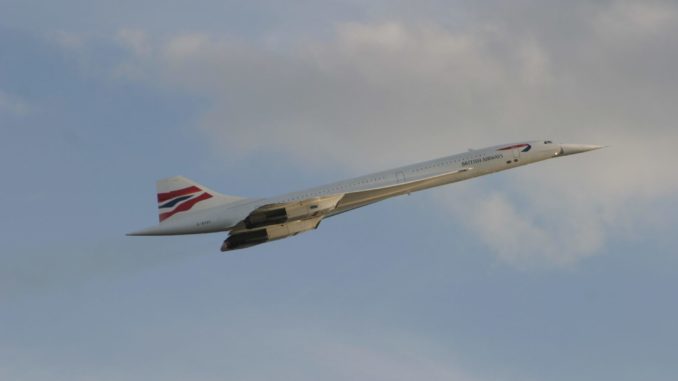
The collective ingenuity of the Anglo-French aircraft manufacturing collaboration set in motion a wave of unlimited potential. Instigated in the context of the necessary development of aviation in post-war Europe, the harnessing of supersonic power in flight began.
World War II unsurprisingly limited commercial flights around the globe but despite limitations, aircraft were still being developed. What became clear, however, was the fact the industry needed to evolve. The direction this would take would hinge on two factors: speed and capacity.
Aircraft in World War II were becoming faster, sharper, and significantly more adept yet, one major flaw repeatedly surfaced. Smaller fighter-craft would experience extraordinary turbulence when flying at high speeds at lower altitudes; on several occasions, aircraft would break apart.
Through numerous tests and many trials and tribulations, engineers discovered aircraft were struggling to break the speed barrier. While technology had advanced, it was not enough to handle such extreme conditions. Following the War, the 1950s witnessed the race to break the speed barrier and design aircraft that could sustain the pressures of sound. Here, the earliest developments of the Concorde would begin.
The Jet Age had begun, and speed would become an ever-more important dimension of plane development. Turboprop planes would experience short-term success immediately succeeding the War, yet jets would become far superior in cost and efficiency.
The largest success story to originate from this period was the development of the Boeing 707 which began its affordable transatlantic services in 1958. Carrying 147 passengers at a speed of 606mph (973kmph) over 5,755 miles (9,260km), it took precedent for the most viable commercial craft of its time. Interestingly, Boeing made few efforts to increase the speed of its flights. Despite the American airline’s decision to improve effectiveness, experimental engineering took place elsewhere on American soil.
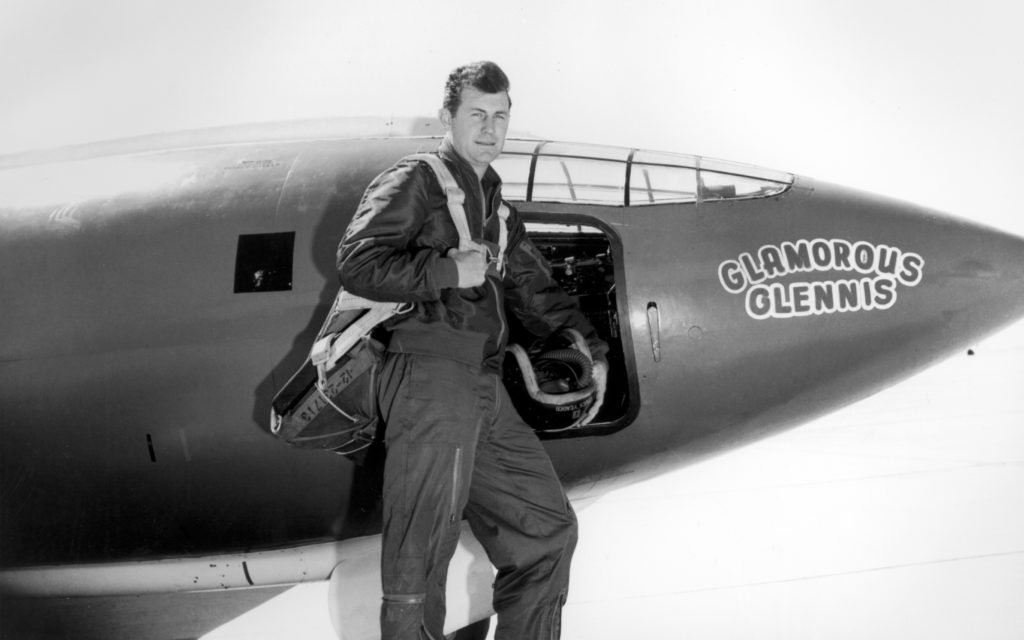
The Sound Barrier Issue
Throughout the 1950s, efforts were made to shatter the sound barrier. The speed of sound in the air sits around 761mph (1,225kmph). Whilst aircraft could break the barrier, many wished to discover the limits of their own designs. In 1953, the Douglas Skyrocket, piloted by Scott Crossfield, eloquently on the 50th anniversary of powered flight, became the first test flight to fly double the speed of sound at Mach 2.
Later that year, Chuck Yeager set the world speed record of Mach 2.4 in the X-1A and the F-100 Super Sabre would make its debut flight as the first supersonic fighter. In no less than three years, the Bell X-2 became the first aeroplane to achieve Mach 3, though it crashed on 27 September 1956, leading to its scrapping. Clearly, at this stage, high speeds would not be manageable for commercial flights. Nonetheless, two aerospace manufacturers, the French Aérospatiale and the British Aircraft Corporation desired to test such limits.
The design of aircraft is immeasurably important for even the most standard aircraft. Applying meticulous science and engineering to a plane that not only required high-speeds but also the ability to carry civilians would be most challenging. As the saying goes ‘form follows function, none more so in the design and development of the Concorde. Aerodynamics, propulsion, material and structure, and stability were all important, but the dominating factor of its creators was speed. Such a crucial factor would affect each aspect of the plane’s design. Such emphasis on creating enough speed to break the sound barrier meant the plane would lose manoeuvrability. To maintain the desired speed, power and shape held the answers.
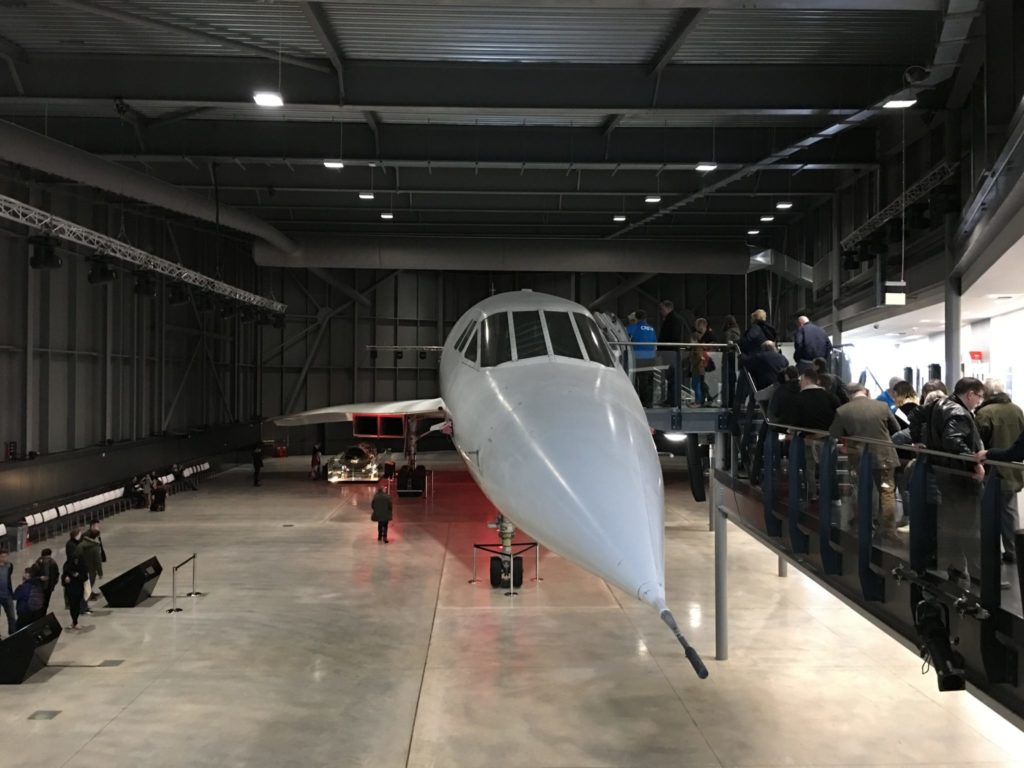
Entente cordiale, at a cost!
Several factors differentiate the Concorde’s design from other aircraft, illustrating the area’s engineers emphasised to separate it from its competition. While costs were constantly mounting, as evidenced by the French appealing to the British to join them in its development, several key decisions were made in its creation. Two prototypes were developed by France in Toulouse and Filton in Britain respectively and the Concorde’s development began. Crucially, the desired power and speed would require immense engines.
The decision to implement four Rolls-Royce/SNECMA Olympus turbojet engines gave it the necessary power, generating individually 38,050 pounds of thrust. Such extraordinary power would lead to immense heat. To counter this issue, the engines were stored in the wings to provide coolant while maintaining supersonic speeds. The Concorde would subsequently fly at Mach 2, around 1,354mph (2,179kmph), twice as fast as its rival, the Boeing 707.
To fly at such speeds, the size of the plane became an issue as the body itself naturally generated enormous drag as it tore through the sky. To solve this issue, engineers adapted to the natural environment. Flying at higher altitudes, the air is significantly thinner as at around 50-60,000 feet, the atmosphere dissipates. This allowed the plane to soar at its desired speed without major loss of control. A simple decision, yet its flight path would stimulate further issues. Due to the height of its flight, radiation experienced in lower flights was almost doubled.
Recognising the risk warranted the reward, a form of Geiger counter was installed to register the radiation levels. In turn, if the radiation was too high, the plane would adjust its speed and lower its flight path. This became an alarming issue, especially within the context of nuclear development as its critics lamented its usage. However, it later transpired that due to the speed of the plane, the time the craft spent in the upper-echelons of the atmosphere, the radiation it experienced was no more than the average experienced at standard commercial flights.
While its dizzying speed was certainly abundant, it required careful modelling to maximise its full potential. With high speeds and large engines, fuel was burnt quickly so the design of the aircraft required extensive care. Two notable features can be distinguished in the Concorde’s design, its wings, and its nose, both played vital roles in its speed and stability. The Concorde implemented an ‘Ovigal’ form of the delta wing, a design that featured swept-back leading edges with a short trailing edge. The aerodynamic streamlined shape allowed the plane to reduce contact with the atmosphere, slicing through the air, maintaining speed, and reducing drag, improving performance, and balancing the plane.
What the Concorde made up in maximum speed, it lost control in low speed, most crucially during landing. The deceleration and back-heavy design meant it would often struggle low to the ground. Here the core of the plane became most important as its weight distribution would attempt to counterbalance the lack of stability. A thin, streamlined fuselage would make the plane significantly lighter, thus the wings, which held the engines would not maintain too much pressure. Consequentially, when landing, its weight and steep angle of attack, resultant of its speed, raised the front of the plane. It could not land as level and accurately as standard crafts. The response to the issue culminated in what became known as the ‘droop snoop’, a stooped nose cone that would point the cockpit down so the pilots could see the ground more clearly. This design feature would later become an iconic distinguishing feature of the Concorde.
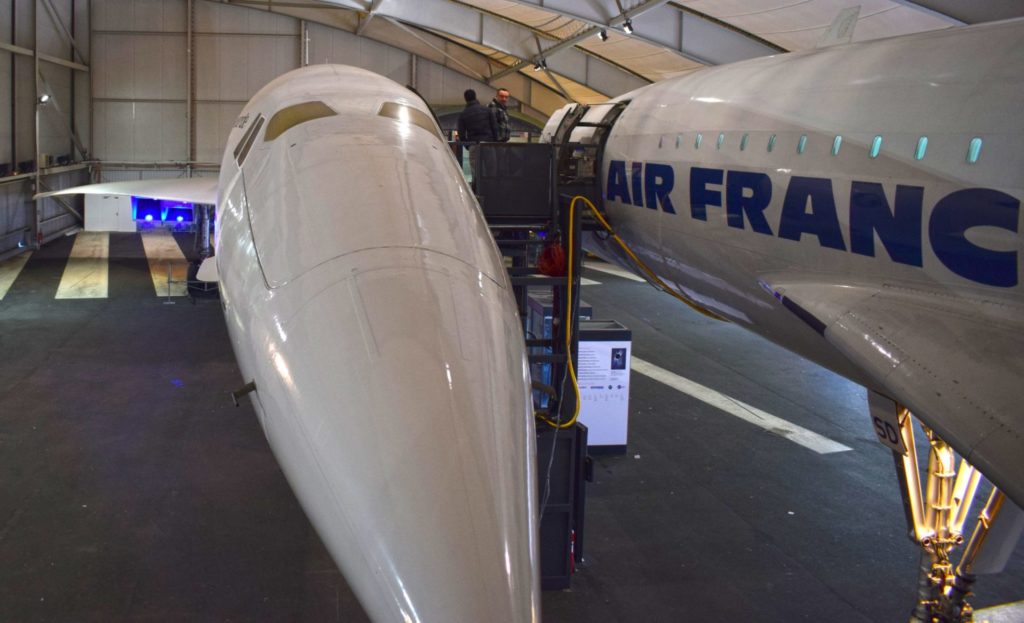
Into the air
Through several years of development and testing, the French Concorde 001 would make its maiden flight on March 2, 1969, while the British Concorde 002 would fly on April 9th. Concorde would begin its commercial debut in 1976 where it would make numerous transatlantic flights. Its incredible speed would allow the plane to fly from New York to London in, on average, 3 hours, still an extraordinary feat even today. However, despite its ingenuity, the Concorde would phase stiff competition and intense criticism. For all the Anglo-French efforts in designing the plane, several key issues were raised that were largely unchangeable.
The environmental impact was most frequently emphasised in America with most complaints revolving around noise pollution. The sheer noise of the engines and constant sonic booms was feared to potentially damage buildings, frighten and disturb animals and civilians, and disrupt services. Put simply, there was nothing the Concorde could do to prevent this issue; thus, Pan-American flights were restricted, reducing it to a largely transatlantic aircraft. Such a result diminished profits, yet further commercial problems arose.
During the Concorde’s development, Boeing was simultaneously developing its own aircraft. The 707 was becoming more obsolete, thus by 1969, and debuting in 1970, the more improved Boeing 747 established itself in the market. While nowhere near as fast as its supersonic rival, it flew at lower levels and created significantly less noise, increasing the diversity of its destinations. More importantly, however, it could carry more passengers. The 747 could carry up to four times more passengers than Concorde, which only carried 144 per flight. The minimised seating due to the narrow design of the Concorde and its costs contributed to its commodity and luxury status, with average ticket prices notably more expensive. Concorde only flew with 16 commercial planes due to these limitations, thus, the seemingly age-old disparity of convenience versus luxury, cheap versus expensive, and speed versus safety meant the Concorde was not a viable option.
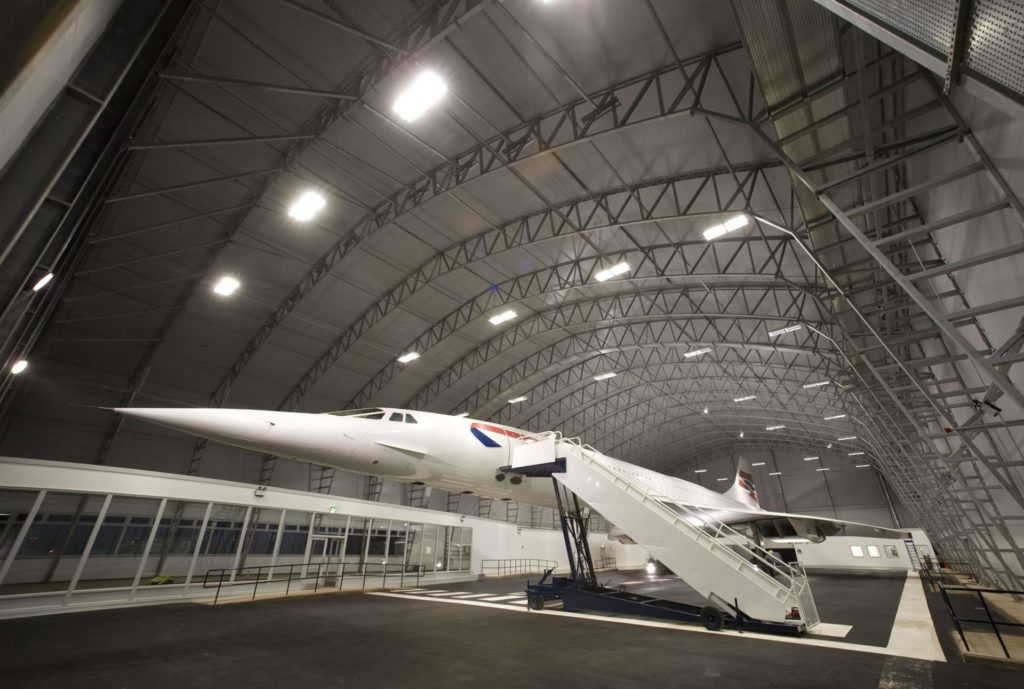
The bell tolled
The Concorde would continue to fly until the end of the century with moderate but underwhelming success. It ended its flights in 2003 following the notorious crash in 2000 that saw the demise of its operations. Despite its creative and ambitious design, the implementation of supersonic speeds in commercial flights was outmatched by more practical and affordable aircraft, becoming a symbol of the past.
The ideas and motivations behind the Concorde were ultimately products of the 1950s, where the breaking of the speed barrier was revolutionary. Since the demise of Concorde F-BTSC just outside of Charles de Gaulle Airport and the end of the Concorde’s flight, supersonic speed and passenger planes have not been reunited. Learning from the Concorde’s tumultuous but ambitious history, it is clear the problems created by supersonic speeds are still too cumbersome to pass in the public sphere.


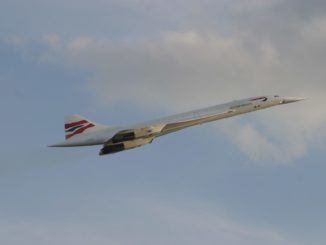
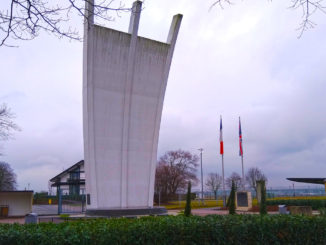
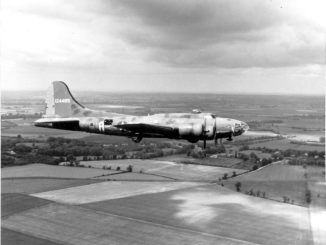
Be the first to comment